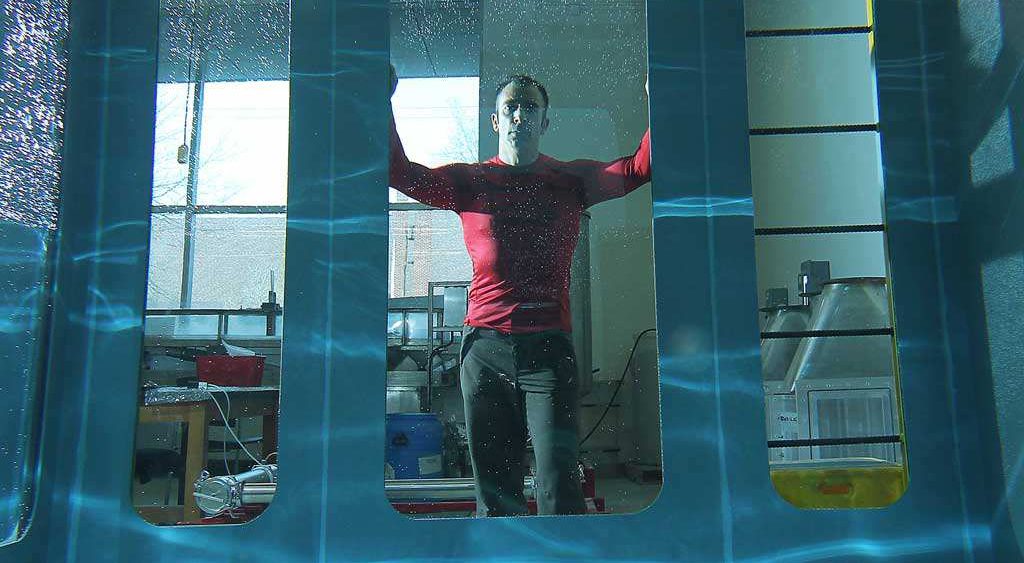
Via The Windsor Star –
The problem with electricity is if you don’t use it right away it goes to waste, which makes renewable energy tricky.
Enter two plugged-in University of Windsor engineers who have developed a way to store energy underwater.
Rupp Carriveau and David Ting, in fact, have helped engineer the world’s first grid-connected offshore energy storage system, being built off Toronto Island by the cutting-edge firm Hydrostor to serve Canada’s biggest city.
“It’s really exciting,” Carriveau said. “It’s one of the emerging large-scale energy-storage technologies. But right now, if the grid called a wind farm up and said give us all you’ve got, the wind farm might say, ‘Sorry, you should have called us at 3 in the morning, because that’s when the wind was blowing.’”
Yet for all its high-tech gadgetry, the energy-storage concept is old and rather simple.
Off-peak energy is used to compress air into huge balloons — actually, marine bags like the kind used to lift sunken ships. If it’s deep enough, the water pressure keeps the air squished tight. Later, when electricity is needed, you turn a valve on land and the compressed air rushes out through a hose, powering an electricity generator and — zap! — your air-conditioning runs full steam even if the wind isn’t blowing or sun isn’t shining.
“You get about 65 per cent of the energy back,” Carriveau said. “When you consider that the energy was going to be thrown away, that’s pretty good.”




